How to Bake Authentic Danish Rye Bread: A Beginner's Guide
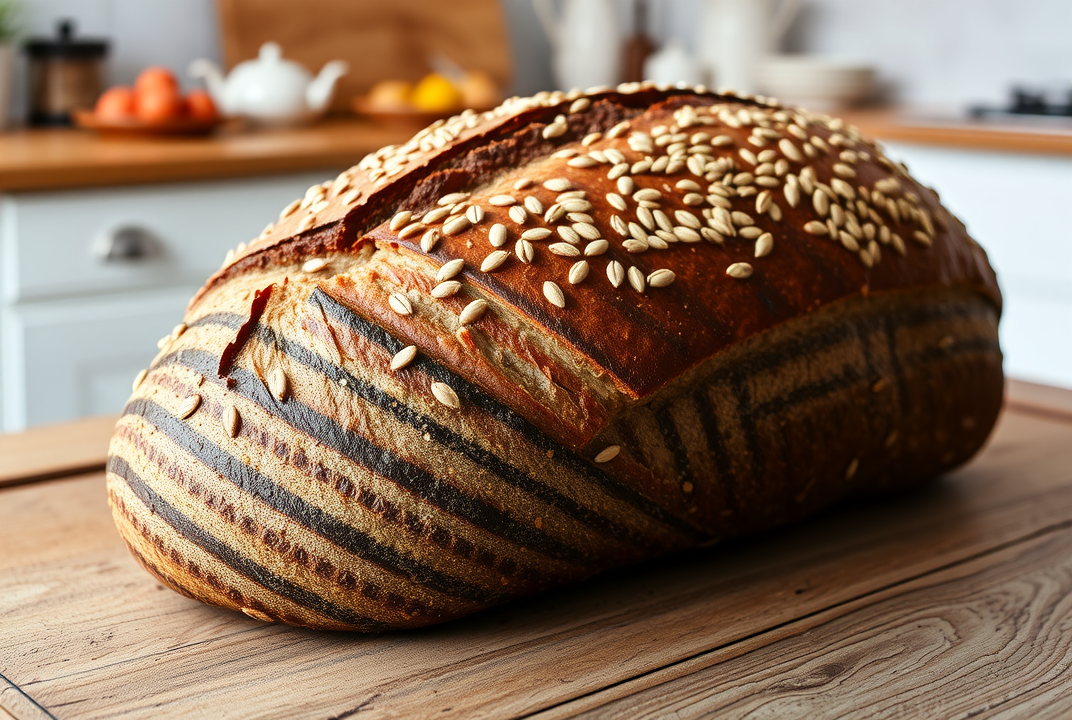
Introduction
Did you know that Danish Rye Bread, or rugbrød, is a staple in Denmark? Renowned for its dense texture and rich flavor, it’s a bread like no other. If you're new to baking, creating an authentic Danish rye might seem daunting, but fear not. This guide is designed for beginners, breaking down each step with clarity and precision. By the end, you'll have a loaf that not only tastes great but connects you to traditional Danish culture.
In this step-by-step guide, you’ll learn what ingredients you'll need, how to prepare and bake your own rye bread, and how to troubleshoot common issues. Let’s turn you into a rye bread baker!
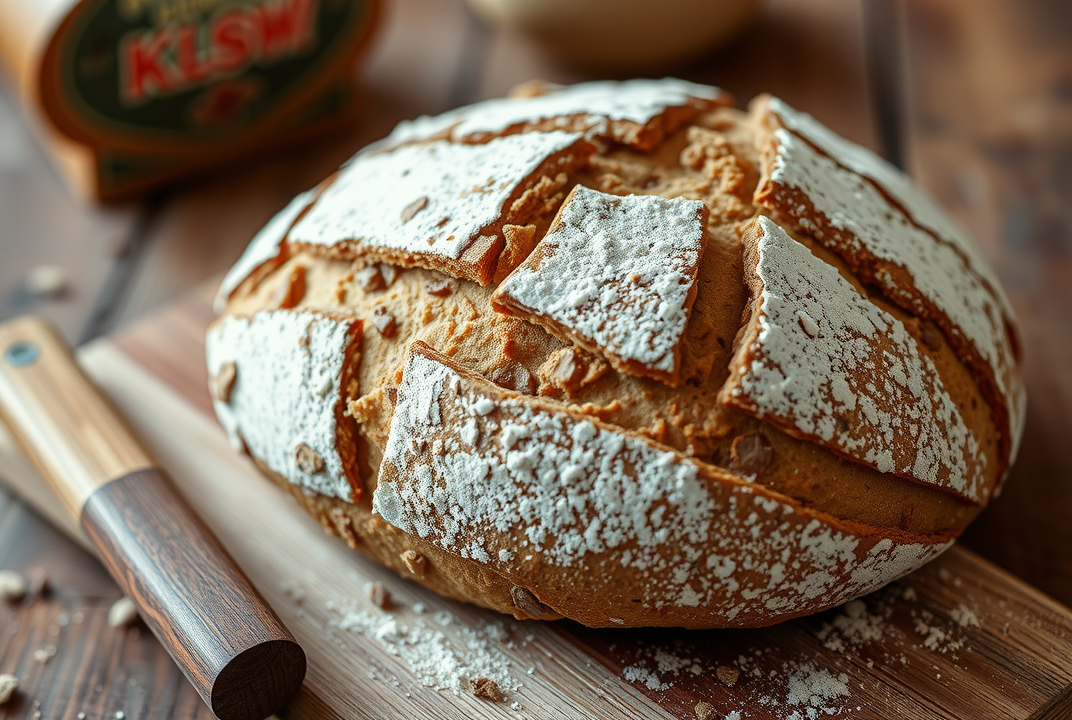
Understanding Danish Rye Bread
What Makes Danish Rye Bread Unique?
Danish Rye Bread is distinct in its dense, hearty structure and the unique tanginess derived from the sourdough starter. Unlike other rye breads, rugbrød tends to be darker and richer in flavor. Its high fiber content makes it a staple in Danish households, enjoyed with a variety of toppings from cheese to fish.
Key Ingredients
-
Rye Flour: Provides the characteristic color and flavor. It's less refined than regular flour, adding to the bread's nutritional value.
-
Sourdough Starter: Essential for the traditional taste and texture. A good starter will give your bread its unique tang.
-
Seeds and Grains: Often includes sunflower seeds, flaxseeds, or cracked rye for added texture and fiber.
-
Salt and Water: Basic elements that enhance flavor and form.
Step-by-Step Guide to Baking Danish Rye Bread
Step 1: Preparing the Sourdough Starter
A good starter is key to this bread's success. If you're new to sourdough, it’s worth creating one from scratch or sourcing a carefully maintained batch.
-
Feeding Your Starter: Mix equal parts of rye flour and water into your existing starter. Let it sit at room temperature for 6-12 hours until bubbly.
-
Storing Starter: Keep in a cool place if not using immediately. Feed once a week to maintain its potency.
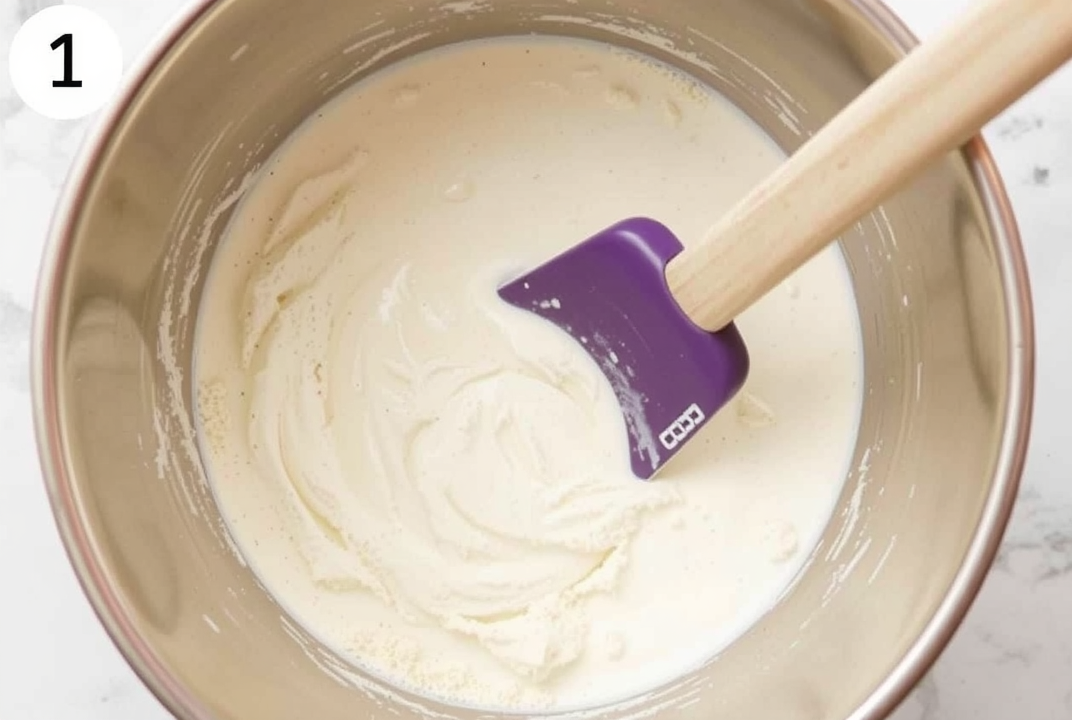
Step 2: Gathering Ingredients
500g Rye Flour
100g Whole Wheat Flour
150g Mixed Seeds (like sunflower, flaxseeds)
400ml Water
1 tbsp Salt
200g Sourdough Starter
Step 3: Mixing the Dough
-
Combine Dry Ingredients: In a large bowl, mix rye flour, whole wheat flour, and seeds.
-
Add Wet Ingredients: Slowly incorporate water and starter, mixing thoroughly to ensure even distribution.
Batter will be sticky and dense, unlike typical bread dough. It should hold together but not be too wet.
Step 4: Rest and Rise
Cover bowl with a damp cloth and let it sit at room temperature for 8-12 hours. The dough should rise and develop a slightly sour aroma.
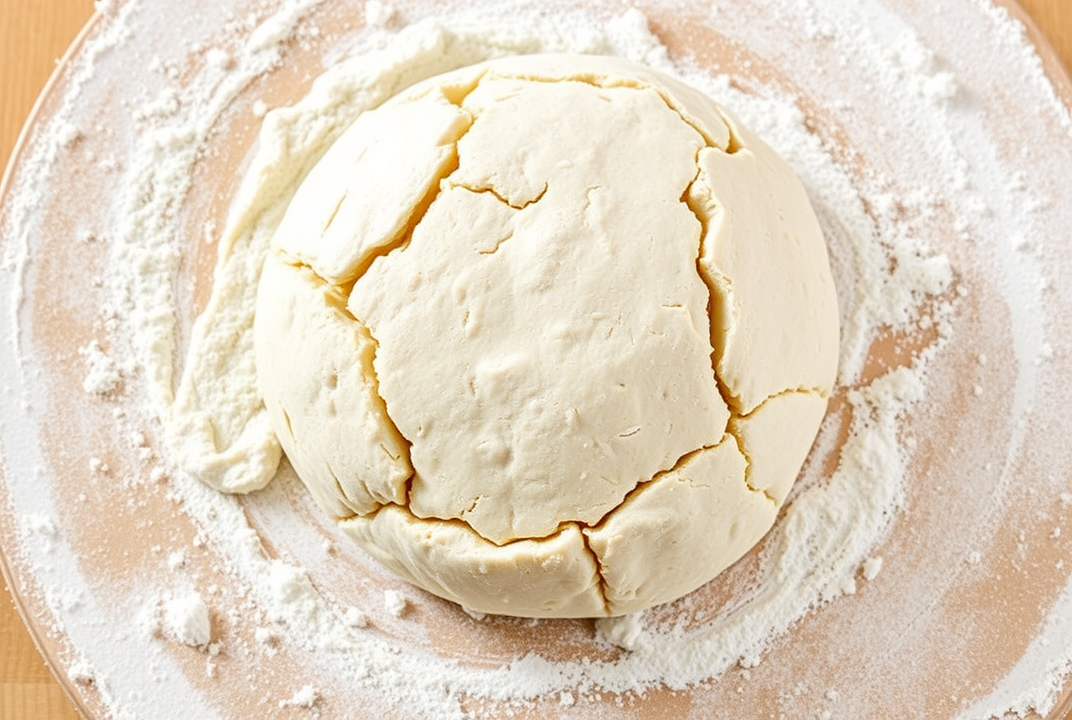
Step 5: Prepping for Baking
Preheat your oven to 200°C (390°F) and grease a loaf tin. Pour dough into the tin, smoothing the top with a spatula.
Step 6: Baking the Bread
Bake for 60 minutes. The top should crack and darken. Use a skewer to check readiness; it should come out clean when done.
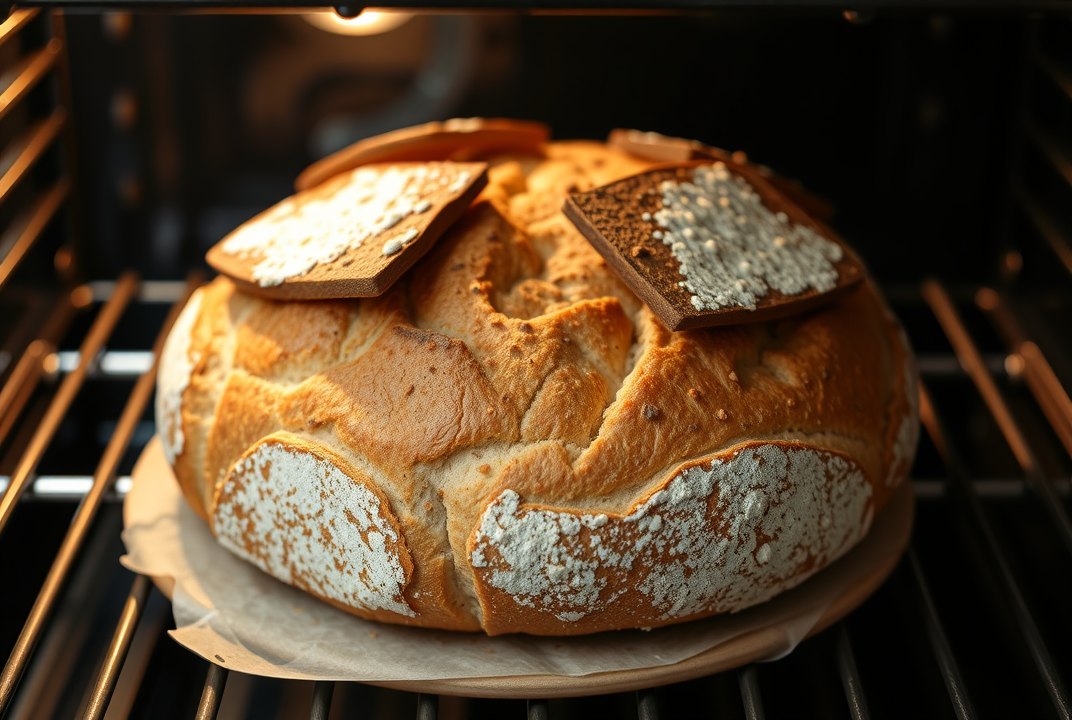
Step 7: Cooling and Slicing
Allow the bread to cool in the tin for at least 30 minutes before turning out onto a wire rack. Slicing too soon can cause the bread to crumble.
Step 8: Storing Your Bread
Wrap cooled bread in a tea towel or store in a breadbox to retain moisture. Danish rye stays fresh for up to a week.
Troubleshooting Common Issues
-
Dough Not Rising: Ensure your starter is active. Consider a longer proofing time if the kitchen is cold.
-
Bread Crumbling: Be patient; allow cooling properly before slicing.
-
Overly Dense Texture: Check precise measurements; a too-wet batter may need more flour.
Conclusion
Baking authentic Danish Rye Bread is a rewarding journey connecting you to Denmark's culinary traditions. With patience and practice, you’ll master this hearty bread. Share your creation with friends and family, offering them a taste of Denmark.
Next time, why not experiment with different seed combinations or add a touch of sweetness with a little honey? Happy baking!